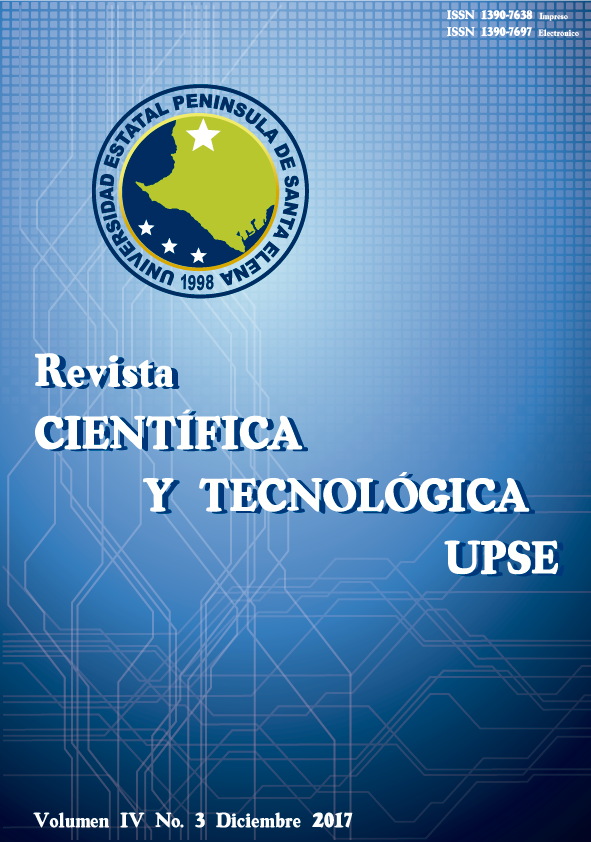Geochemical Study of Waters Draining the Tuy River Basin,Venezuela
DOI:
https://doi.org/10.26423/rctu.v4i3.262Keywords:
Tuy River, pollution, major elements, VenezuelaAbstract
A geochemical study was realized in water samples of the Rio Tuybas in, with theaim of determining the degree of pollution that presents this important river. Measurements of pH, conductivity, and al kalinity were realized in field during sampling. The samples were filtered at 0.45 μm and the concentrations of Na, K, Ca, Mg, Cl-,HCO3-,SO42-and NO3-were determined. Result sindicate that Guayas, Ocumare, Lagartijo and Boca de Cagua presenthig her pollution correspond to, as well as the tributaries located at Cúa, Charallave and Guayas, and the rivers Caucagua and Guaire, this demonstrated by the high values of conductivity and the major values of concentrations of the species Na, K, Ca, Mg, Cl-, SO42-and HCO3-, although in areas upstream from the Colonia Tovar concentrations were similar to those of non-contaminated tributaries. As for the NO3-this one presented his maximums in Boca de Paparo, Hacienda Buen Paso, Santa Teresa and Tácata attributed to the agricultural activities.
Downloads
Downloads
Published
Issue
Section
License
El titular de los derechos de autor de la obra, otorga derechos de uso a los lectores mediante la licencia Creative Commons Atribución-NoComercial-CompartirIgual 4.0 Internacional. Esto permite el acceso gratuito inmediato a la obra y permite a cualquier usuario leer, descargar, copiar, distribuir, imprimir, buscar o vincular a los textos completos de los artículos, rastrearlos para su indexación, pasarlos como datos al software o usarlos para cualquier otro propósito legal.
Cuando la obra es aprobada y aceptada para su publicación, los autores conservan los derechos de autor sin restricciones, cediendo únicamente los derechos de reproducción, distribución para su explotación en formato de papel, así como en cualquier otro soporte magnético, óptico y digital.












